Access to Information Documents suggest internal capacity issues within the Ross River Dena Council could be compounding problems.
The Ross River housing situation runs deeper than just chronic mould affecting dozens of homes. Access to Information documents obtained by CHON-FM suggest capacity issues and a lack of protocols within the Ross River Dena Council could be compounding the housing situation.
In early January, a team from the Yukon Housing Corporation inspected 17 RRDC homes. The units were inspected from a public health perspective, as well as a structural and health and safety perspective for the occupants. The documents state “Inspections of the homes did not include invasive testing: no drywall or wall board was removed to inspect behind the walls to evaluate mould, for example. Each inspection was focused on what was visible and described by the occupants. It remains unclear what may exist within closed spaces. Due to winter conditions roofs and grounds could not be inspected due to snow cover.”
In late January, nine more houses were inspected, four of them abandoned, all of the homes RRDC deemed in need of repair and renovations. The report says that Ross River Dena Council has three employees to manage approximately 130 units. Yet two of those employees perform office duties, such as ordering materials and other responsibilities, leaving one worker responsible for housing maintenance. The report suggests that “One maintenance employee may not be sufficient to keep up with emergency maintenance requests, regular and preventative maintenance as well as snow plowing and other related duties required for 130 units.”
The Capital and Maintenance Unit does not have a formal work request or tracking system, “no central workshop or storage area to stock common maintenance materials was observed during community visits. RRDC staff also advised that orders are done as needed and subject to availability and delivery schedules which add to the repair timelines and could increase costs.” And that Ross River’s housing numbering system in inconsistent, in that some units have no numbers, while others have the same number.
Observations by Yukon Housing for the 26 units or approximately 20 percent of RRDC housing stock found that “minimal evidence of ongoing maintenance was observed on the units inspected and some tenants advised the inspection team that there has been infrequent maintenance.” Several units were not leveled, causing uneven flooring, windows and pipes to break. “Small amounts of mould were observed in four units, but the quantity observed is not considered an imminent health concern. This mould could be addressed through regular maintenance/inspections and typically cleaned with a household bleach/water solution.”
Yukon Housing is recommending that RRDC implement a rent regime, which would create a more formal landlord/tenant relationship, which could also provide financial stability for long term upkeep of housing stock. The First Nation could develop a comprehensive capital asset management/maintenance plan and a housing inventory, as this “could assist with understanding housing conditions in the community to prioritize capital and maintenance projects and budget dollars.” Annual inspection would also assist the First Nation on its capital asset management plan, and that the First Nation could work with the Department of Indigenous Affairs to fund an additional maintenance employee.
The ATIPP also provided estimates of repairs for 15 units. The repairs were spread over two years and would cost $1.1 million. The highest estimate for renovations is $136,000 while the lowest was $37,000.
(Dan Jones June 13, 2017)
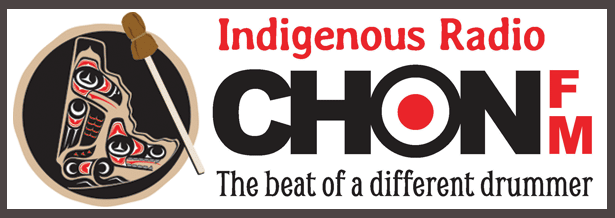
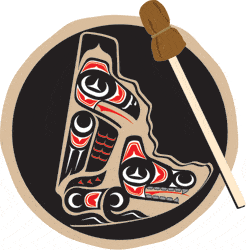
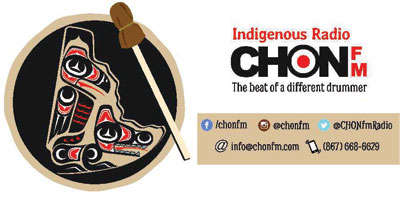
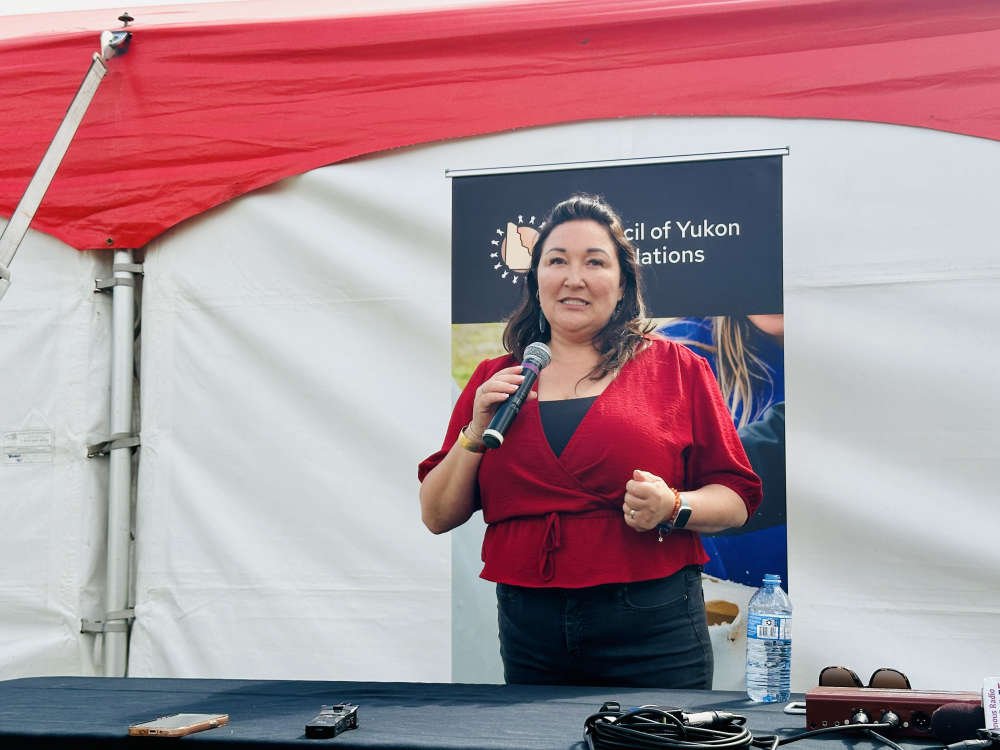 Math'ieya Alatini elected CYFN Grand Chief
Math'ieya Alatini elected CYFN Grand Chief
 Watson Lake man charged in firearm robbery
Watson Lake man charged in firearm robbery
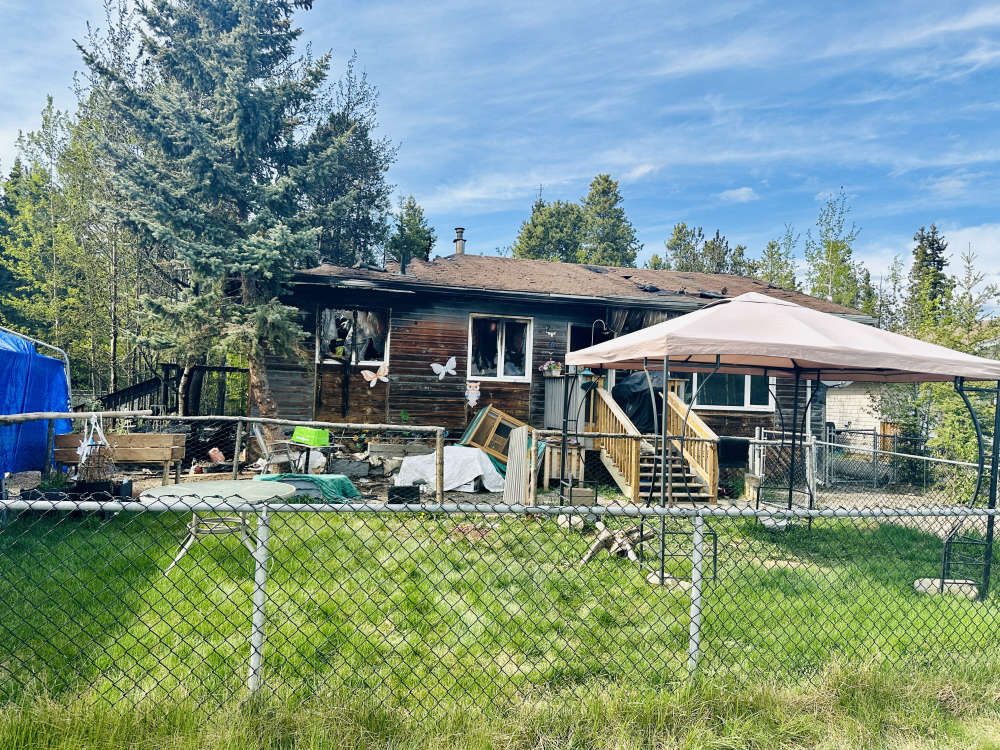 House fire in McIntyre contained
House fire in McIntyre contained
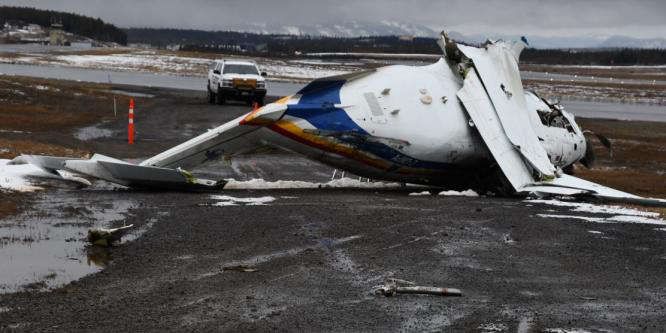 RCMP plane crash caused by faulty sensor: TSB report
RCMP plane crash caused by faulty sensor: TSB report
 New Fireweed Mental Health unit opens at Whitehorse General Hospital
New Fireweed Mental Health unit opens at Whitehorse General Hospital
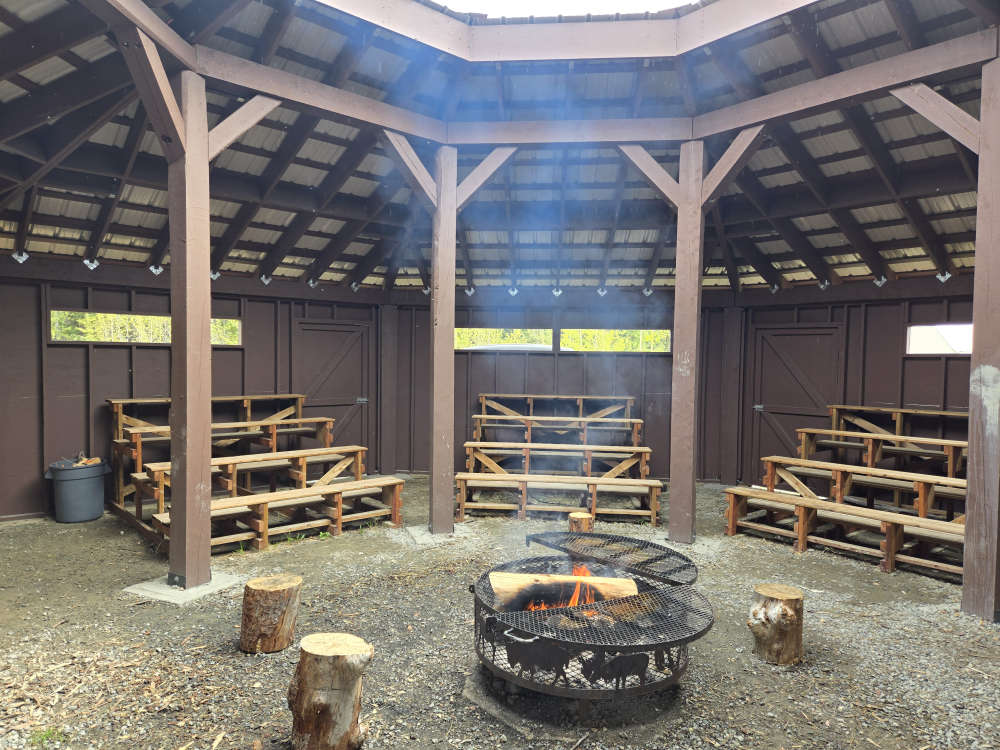 Traditional learning camp opens at Whitehorse school
Traditional learning camp opens at Whitehorse school
 Yukon Schools introduce online registration for bus service
Yukon Schools introduce online registration for bus service
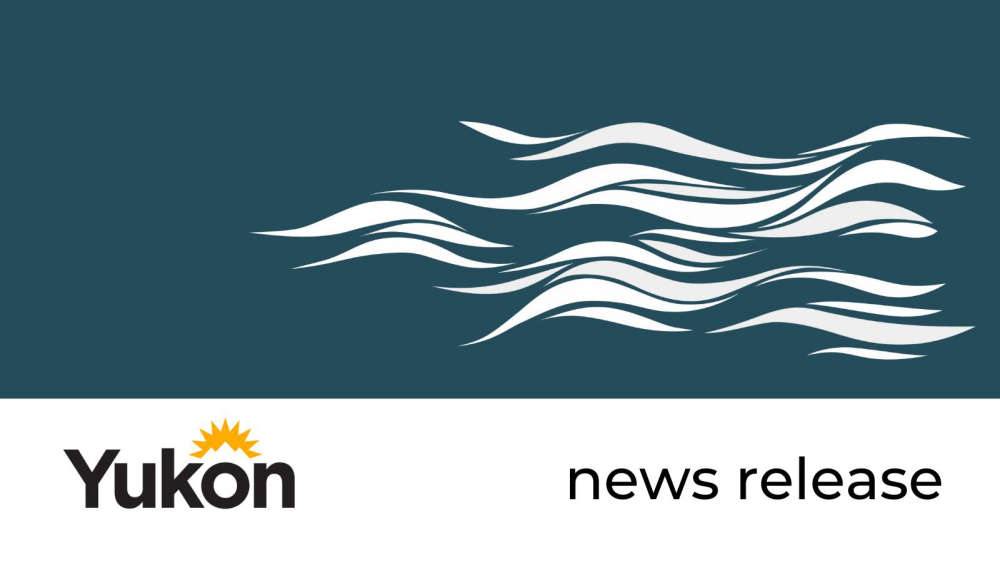 Yukon Government unveils progress in healthcare transformation with 2024 Putting People First annual report
Yukon Government unveils progress in healthcare transformation with 2024 Putting People First annual report
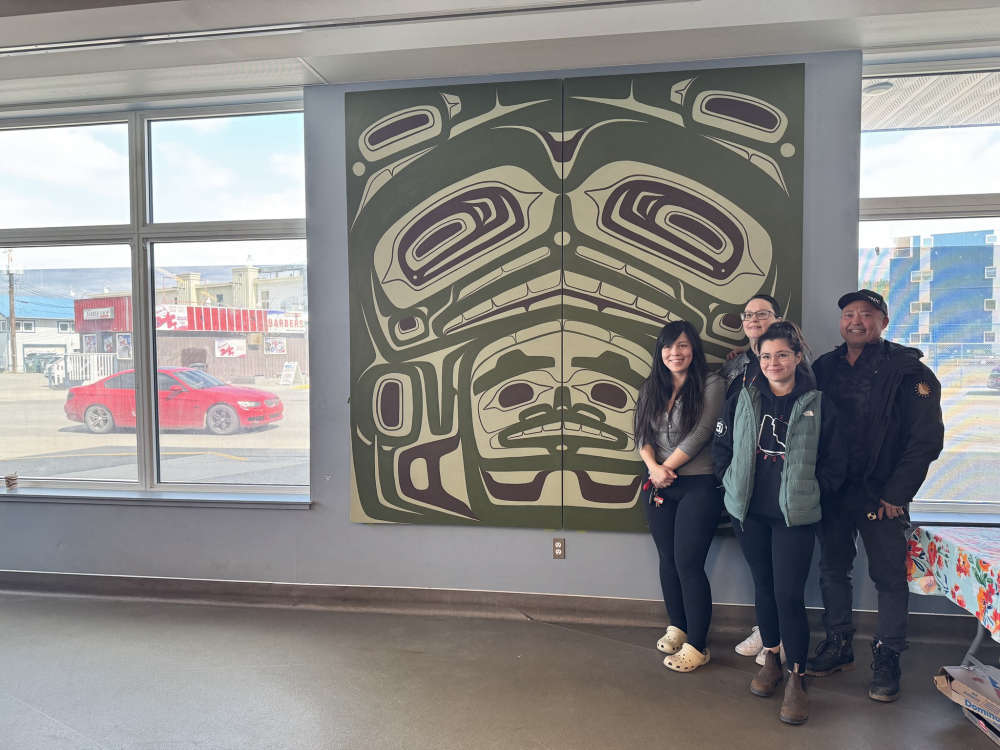 Whitehorse Emergency Shelter unveils New Artwork celebrating Yukon First Nations culture
Whitehorse Emergency Shelter unveils New Artwork celebrating Yukon First Nations culture
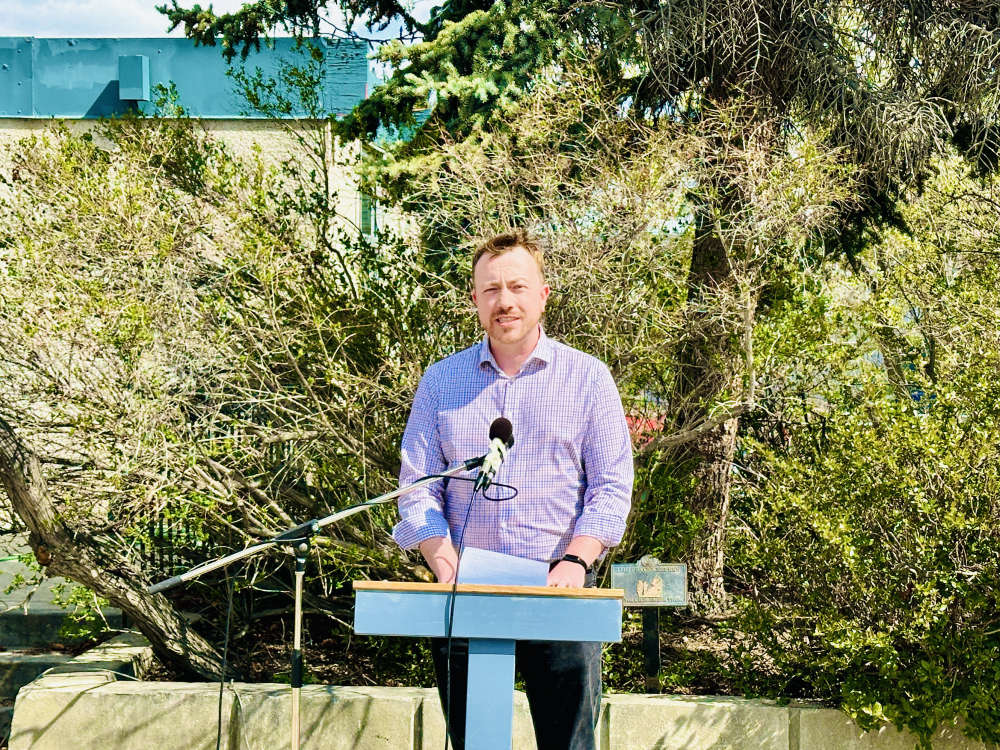 Former Whitehorse City Councillor Ted Laking announces bid for Yukon Party nomination in Porter Creek Centre
Former Whitehorse City Councillor Ted Laking announces bid for Yukon Party nomination in Porter Creek Centre
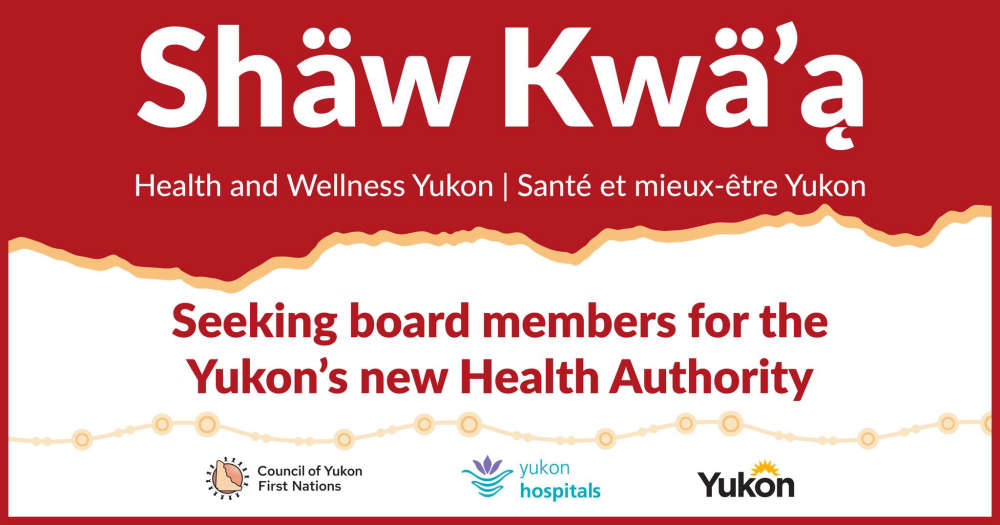 Yukon Government seeks applicants for new Health Authority Board
Yukon Government seeks applicants for new Health Authority Board
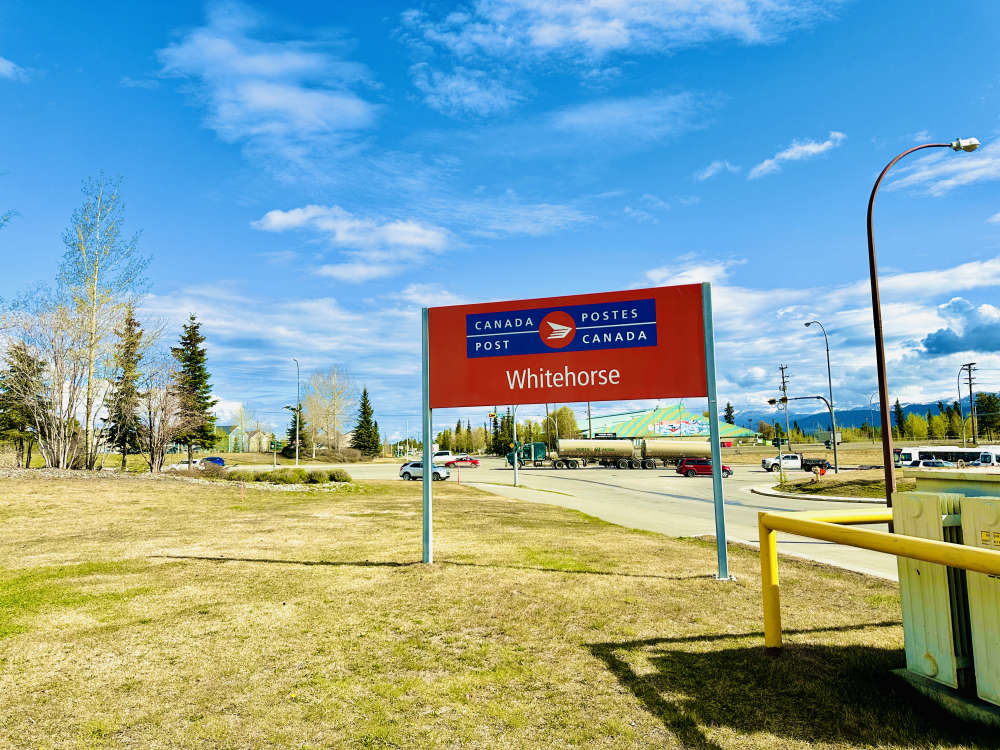 Canada Post strike looms, Yukoners brace for disruption
Canada Post strike looms, Yukoners brace for disruption
 Driver charged in fatal collision that killed Yukon Government Deputy Minister and injured Minister
Driver charged in fatal collision that killed Yukon Government Deputy Minister and injured Minister
 Yukoners encouraged to apply for Northwestel's Northern Futures Scholarship Program
Yukoners encouraged to apply for Northwestel's Northern Futures Scholarship Program
 City of Whitehorse summer transportation maintenance work underway
City of Whitehorse summer transportation maintenance work underway
 Yukon Government seeks input on new downtown public school
Yukon Government seeks input on new downtown public school
 Indigenous leadership takes centre stage: Rebecca Chartrand and Mandy Gull-Masty appointed to key cabinet roles
Indigenous leadership takes centre stage: Rebecca Chartrand and Mandy Gull-Masty appointed to key cabinet roles
 Whitehorse prepares for Annual 20-Minute makeover
Whitehorse prepares for Annual 20-Minute makeover
 RCMP conducting training exercises on Schwatka Lake
RCMP conducting training exercises on Schwatka Lake
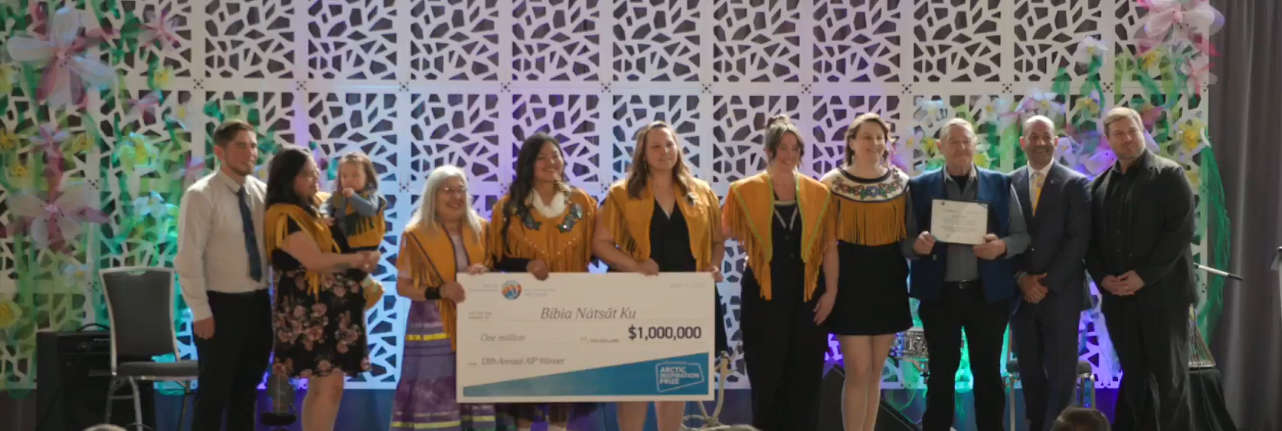 CYFN makes history as winner of prestigious Arctic Inspiration Prize
CYFN makes history as winner of prestigious Arctic Inspiration Prize